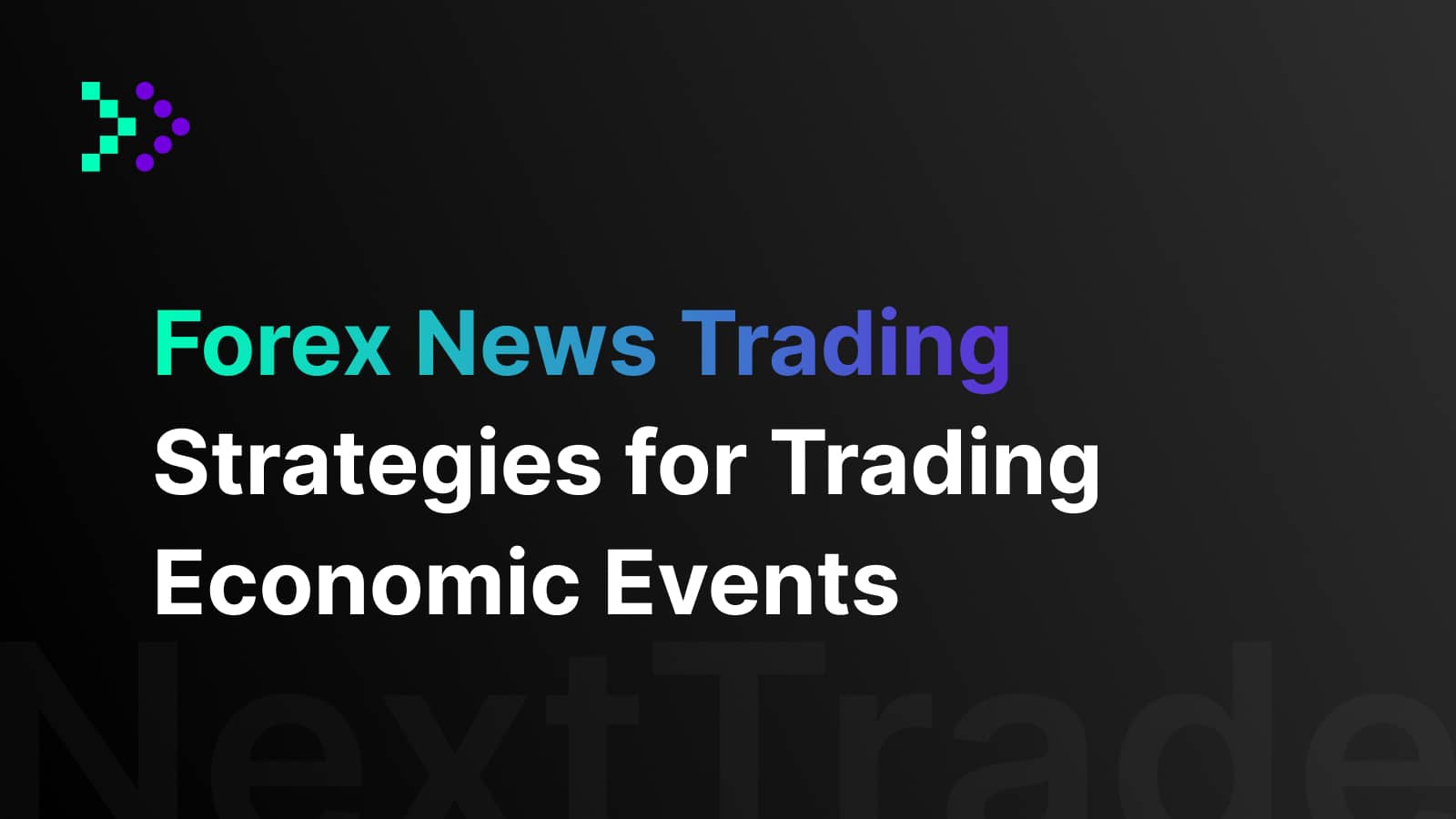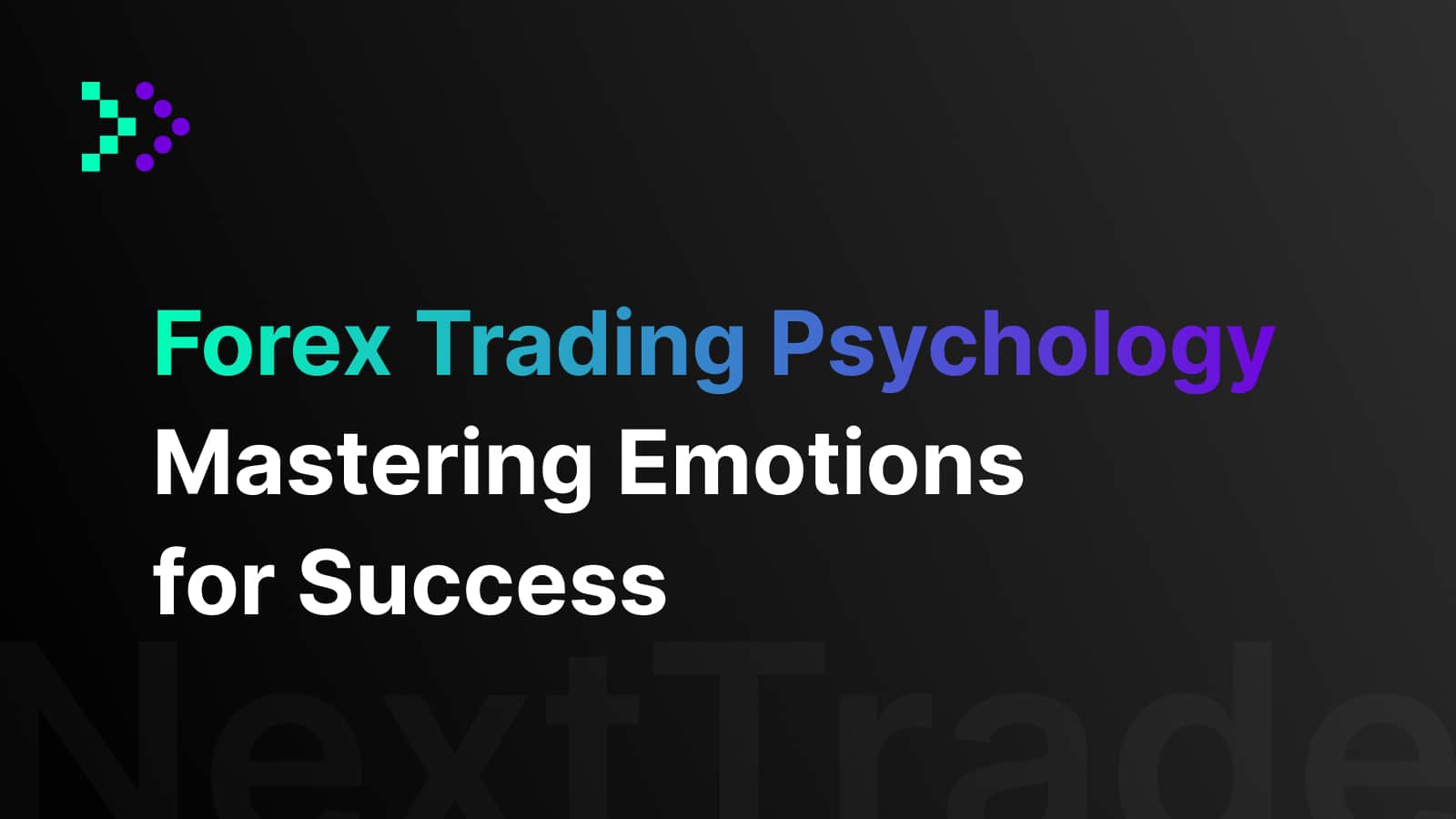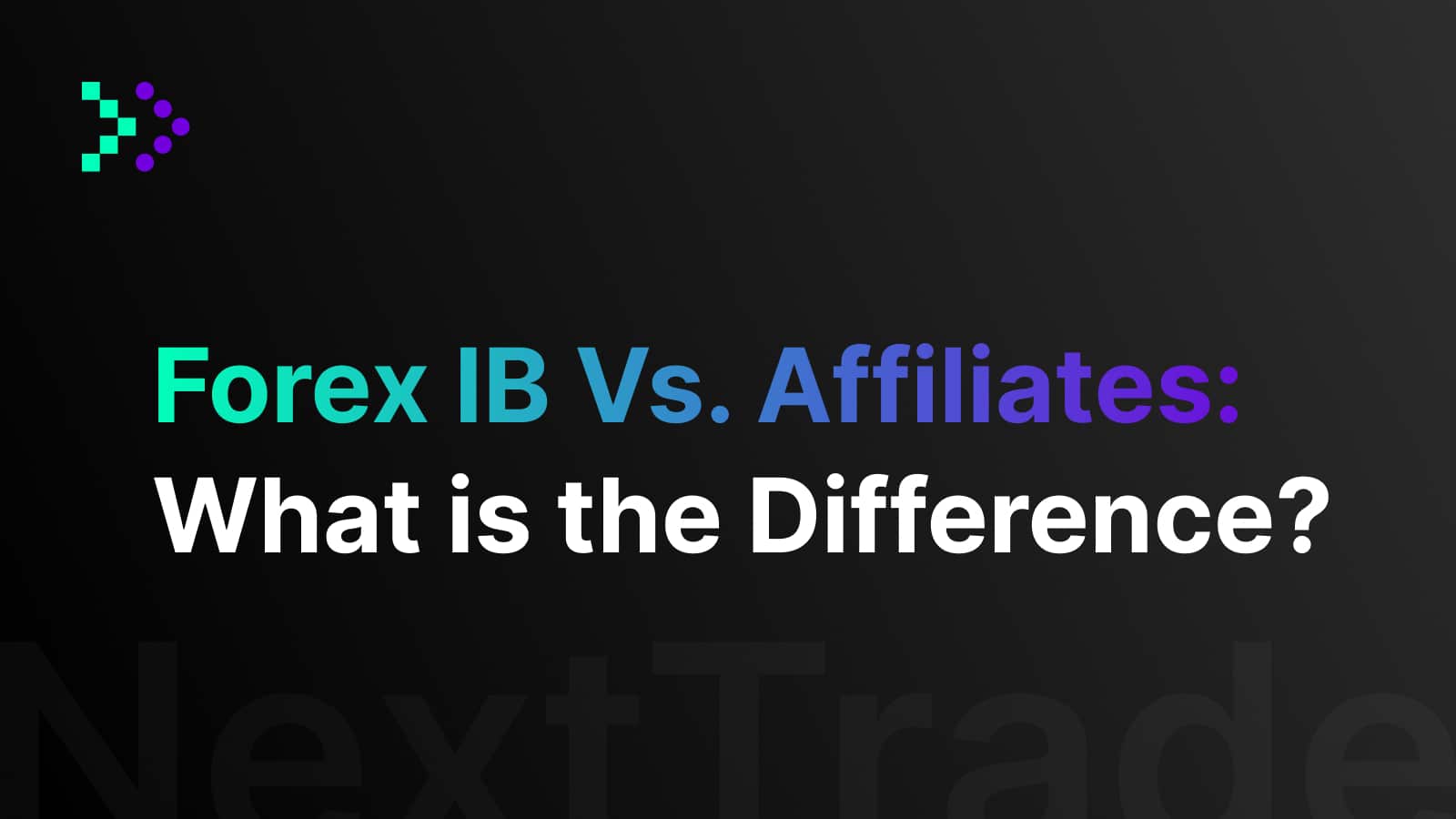
Forex News Trading – Strategies for Trading Economic Events
Introduction
Trading around economic news releases is one of the most dynamic and potentially profitable ways to engage with the forex market — but it’s also one of the riskiest.
When events like NFP reports, interest rate decisions, or central bank press conferences hit the headlines, they can move markets in seconds. For traders who understand how to navigate these moments, forex news trading becomes a high-impact opportunity.
In this guide, we’ll break down how economic events affect the forex market, explore proven strategies for economic event trading, and give you actionable tips for managing risk when volatility spikes.
How Economic News Impacts the Forex Market
The forex market is driven by information — and economic data releases are some of the most powerful sources of that information.
Events like:
- Non-Farm Payrolls (NFP)
- Interest rate decisions from central banks
- Inflation and employment reports
- GDP figures
- Monetary policy statements
…can cause immediate and aggressive price movement in currency pairs, especially when results differ from expectations.
Why?
Because these data points shape investor sentiment about a country’s economic health, which in turn affects the demand for its currency.
The Most Important News Events for Forex Traders
While there are many news releases on the calendar, a few consistently move the markets:
Event | Why It Matters | Pairs Affected |
NFP (Non-Farm Payrolls) | U.S. jobs report; signals economic strength or weakness | USD pairs (especially EUR/USD, GBP/USD) |
Interest Rate Decisions | Direct impact on currency value and investor sentiment | Major pairs affected by central banks |
CPI/Inflation Reports | Influences future interest rate decisions | USD, EUR, GBP, CAD, AUD, etc. |
Central Bank Speeches | Signals policy direction (hawkish/dovish) | Pairs related to the bank’s currency |
GDP Releases | Measures economic growth — a strong driver of currency strength | All major pairs |
Keywords used: NFP, interest rates, central bank decisions
Best Strategies for Trading News Events
1. The Straddle Strategy (Pre-News Setup)
This approach involves placing buy stop and sell stop orders just above and below the current price before a major news release.
How it works:
- You don’t predict direction — you prepare for volatility.
- Whichever side breaks first, you’re in. The other order is cancelled.
- Works well with explosive events like NFP.
Pros:
- Captures large moves fast
- No need to guess direction
Cons:
- Slippage can affect execution
- False spikes can trigger both orders
2. Post-News Confirmation Strategy
Instead of entering during the chaos, this strategy waits for the dust to settle.
How it works:
- Wait 5–15 minutes after the release
- Look for a breakout or trend confirmation
- Enter with more clarity and reduced spread spikes
Pros:
- Avoids wild swings and spread widening
- Lets you trade with confirmation
Cons:
- You may miss the initial move
- Requires discipline and patience
3. Fade the News (Contrarian Strategy)
Markets often overreact to economic data before correcting. This strategy takes advantage of that.
How it works:
- Wait for an extreme move post-news
- Look for signs of exhaustion (wicks, volume drop)
- Enter in the opposite direction with tight risk
Pros:
- Exploits market overreactions
- High reward-to-risk setups
Cons:
- Timing is everything
- Can be dangerous without confirmation
Managing Risk During Volatile Market Movements
News trading is high risk, high reward. Proper risk management is non-negotiable.
Here are a few key principles:
- Use wider stop-losses to avoid getting wicked out
- Reduce position size when volatility is expected
- Avoid trading low-liquidity pairs during news hours
- Always know the economic calendar before entering trades
- Practice your strategies in demo before going live
💡 Pro Tip: Never enter a news trade without understanding the expected vs. actual data impact. Often, it’s not just the number — it’s how the market interprets it.
Final Thoughts
Forex news trading isn’t about gambling on headlines — it’s about understanding how the market reacts to new information and positioning yourself accordingly.
By combining the right strategy with disciplined risk management, traders can turn volatility into opportunity — especially during major economic event trading scenarios like NFP, central bank decisions, and interest rate announcements.




